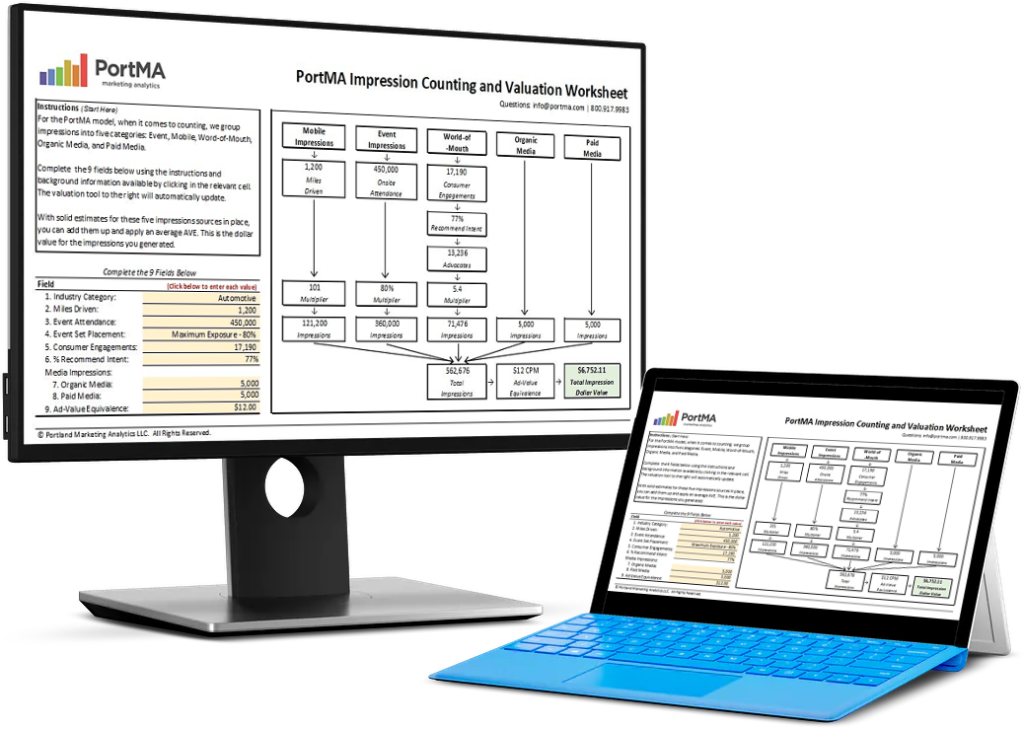
Key performance indicators (KPIs) and benchmarks have always been helpful tools to measure growth in terms of business sales and marketing. They help with forecasting the next steps to be taken to optimize productivity and increase market visibility.
It’s important to understand where the numbers and metrics are leading you, especially when looking at event ROIs in experiential marketing.
Estimated reading time: 3 minutes
Utilizing Clear Benchmarking
Executing benchmarks uses historical data from the database to better understand what to do with all the information available and how to interpret outcomes. Benchmarks can be set in all marketing stages:
- Planning stage – helps to get the execution ready and establishes what the KPIs are
- Executing stage – where benchmarks are based, to understand if event performance is high or low, and evaluating what it means as a manager
- Delivery stage – final reporting recap on what KPIs worked, what didn’t, and where things will go from there
Benefits of Using Benchmarks
Having solid benchmarks gives you an effective tool that shares how a program will help you. They identify how you can create leverage and become a better marketer.
Executing benchmarks also means having an archive of well-organized historical campaigns to lean on as a good foundation for marketing insights and strategies.
(You can listen to the full episode of the podcast below.)
Implementing KPIs in Experiential Marketing
Experiential marketing opens the opportunity to reach consumers who are not in your existing buyers’ persona. It helps create more product awareness.
We need to ask these three core questions on managing the performance of any marketing campaign:
- How often am I reaching the right customer?
- When I reached that customer, am I creating intent that didn’t previously exist?
- Am I doing it in a way that generates a positive return-on-investment (ROI)?
In relation to the three marketing stages, KPIs effectively applied can increase event impressions. Using these guide questions will help you to measure, track, and react to how an event performed. This creates value for the benchmarks you have previously covered.
Planning stage
KPIs from the planning perspective is about turning macro numbers into more manageable micro metrics. One can define the scope of work in large numbers like “94,500 engagements in 175 event days.” But, it will be more manageable and meaningful to look at “540 engagements in a day.”
Executing stage
When you look at 540 engagements in a day, it could be a high or low performance and benchmarks will help you to evaluate what the actual range is going to be. It is important to look at:
- Historical engagements per day
- Historical venues that relate to the activation schedule
- Historical sampling within your industry
This range will help you define best practices, tell you if you’re on the low end, and find where your weak areas are that need your attention for various reasons (e.g., decreasing marketing team performance, incompetent manager, assets needing replacement, bad weather conditions, and a lot more.)
Laying these numbers out and reporting those expected ranges in your status versus your actual performance helps you understand your current status and where are you at in terms of your target goals.
Delivery stage
KPIs and benchmarks at this stage become the most powerful. Your historical recap reports in comparison to your actual performance delivered define how well you did. The three questions return and measure your reach, impact, and return. This helps in creating really good roadmaps to future execution.
Defining Future Activation Strategy
The benchmarks and KPIs obtained during campaigns allow you to break down the event impressions and event ROI into smaller segments. This allows you to see what areas you were historically stronger in and where. The scenarios, types of venues, and different markets specified will help you create a clearer roadmap and smarter marketing strategy, developing better overall marketing processes.

Download the Free Spreadsheet Tool
CALCULATE THE DOLLAR VALUE OF EVENT IMPRESSIONS
PortMA Impression Counting and Valuation Worksheet
Download this spreadsheet and complete the fields for your campaign to get a clear count of your activation impressions translated into a Dollar Value of Marketing
Impression Spreadsheet
